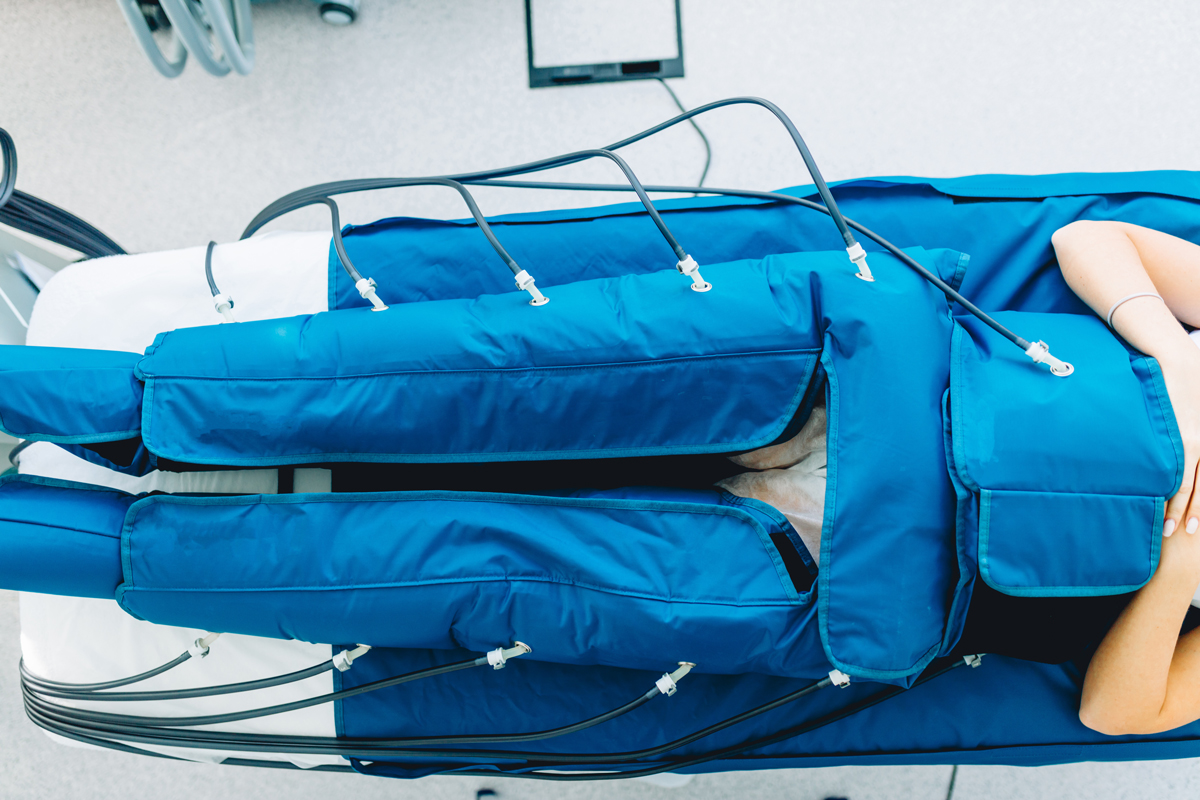16 Giu Get rid of cellulite, heaviness and pain with pressomassage
Today we will talk about how to get rid of cellulite, heaviness and leg pain directly from our trusted beautician through pressomassage: an aesthetic technology that can replace the classic hand-made lymphatic and draining massage. It acts through mechanical pressure on the legs, abdomen, arms and calves to reactivate blood circulation and reabsorb edema and interstitial fluids.
The parts to be treated are inserted into supports into which air is loaded to obtain a gradual inflation: a first compression phase and a second, slower decompression phase, which are repeated in series for the entire duration of the treatment.
We are talking about 20-40 minutes per session, depending on the area to be treated, to be repeated for 8-10 sessions. The results begin to be tangible around the fifth – sixth session but, thanks to the thermographic analysis of cellulite, it is possible to find them earlier when still not visible to the naked eye.
In fact, contact thermography makes it possible to analyze subcutaneous tissues to detect the presence of cellulite in an easy, fast and painless way: it is based on the use of liquid crystal thermographic plates to be placed on the area to be analyzed.
A system totally free of contraindications, therefore repeatable after each pressomassage session.
Thanks to its high-resolution color plates, it is possible to see the composition of the tissues to analyze and classify cellulite in one of its four stages (absent, edematous, fibrous, sclerotic) or abdominal fat distinguishing between soft adiposity and hardened adiposity .
Pressomassage is particularly suitable for the treatment of lymphatic problems, localized swelling, water retention and a feeling of heaviness in the legs, allowing not only to improve the aesthetic appearance of the treated areas but also a long series of benefits for our body.
Pressomassage is not recommended in case of:
- pregnancy,
- neoplasms,
- dermatitis or other infections in the area to be treated,
- heart or kidney failure,
- rheumatoid arthritis,
- varicose veins,
- thrombophlebitis.


No Comments